13 Classic Hungarian Foods That Surprise First-Time Visitors With Bold Flavor
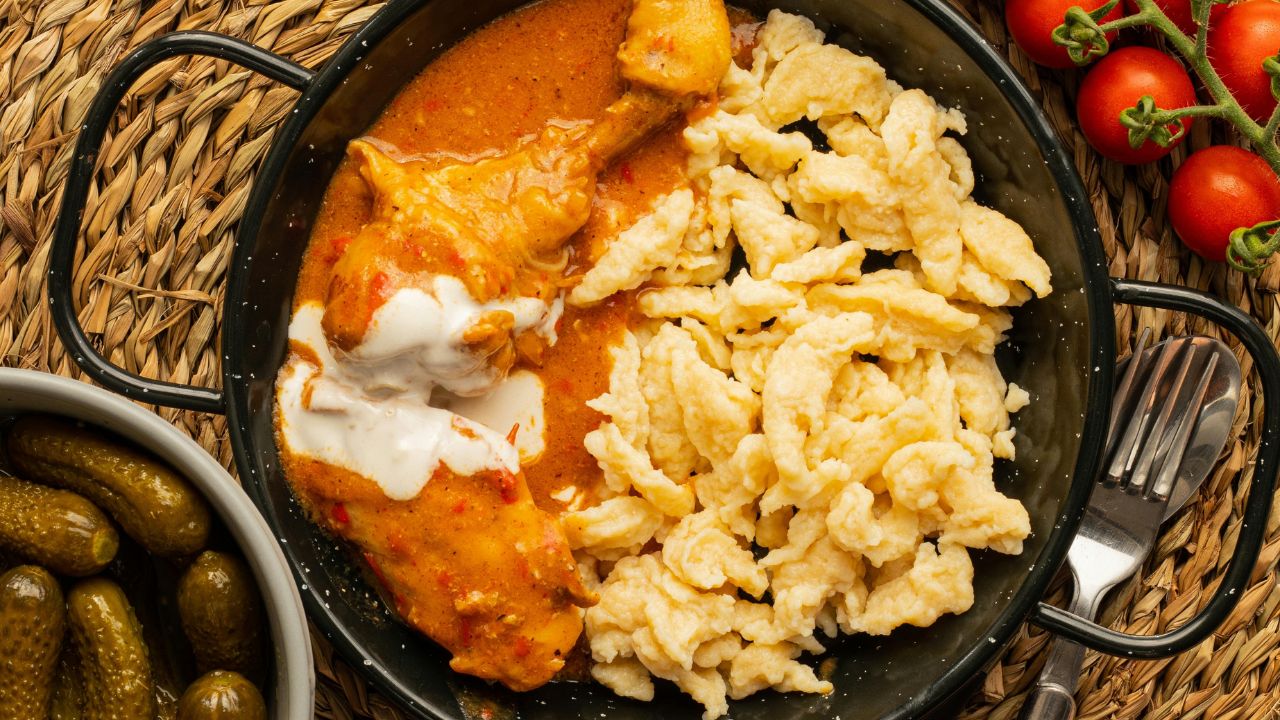
Hungarian cuisine surprises many first-time visitors with its bold flavors, hearty portions, and rich use of paprika. From spicy stews to sweet chimney cakes, these traditional dishes showcase the country’s love for warmth, comfort, and strong seasoning. Whether you’re wandering Budapest’s markets or dining in a countryside inn, these iconic meals offer a deep dive into Hungary’s culinary soul. Here are 13 must-try dishes that often take newcomers by surprise, in the most delicious way possible.
Gulyás
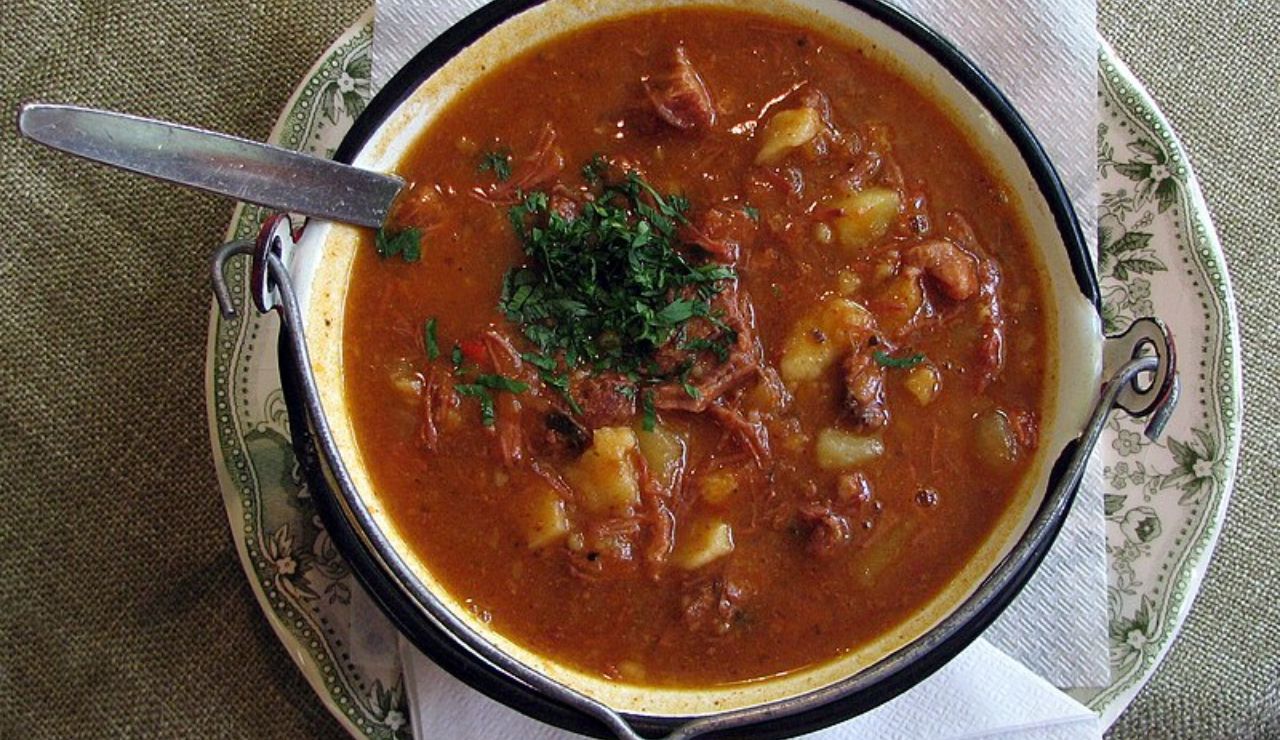
Hungary’s iconic gulyás isn’t the thick stew most expect. It’s actually a spiced beef soup with carrots, potatoes, and paprika, often cooked in a kettle over an open flame. The paprika gives it a rich red color and warming depth, surprising visitors with how light yet flavorful it is. Served with crusty bread, gulyás is the perfect introduction to Hungarian flavors. It’s rustic, aromatic, and far bolder than your average beef soup.
Lángos

Lángos is deep-fried flatbread topped with garlic, sour cream, and cheese. Often sold hot from street stalls, its crisp outside and soft middle make it a favorite among locals. First-timers expect something heavy, but it’s surprisingly light and bursting with flavor. Variations include toppings like sausage, ham, or even sweet spreads. It’s the ultimate street food indulgence that turns a simple dough into something incredibly bold and crave-worthy.
Pörkölt
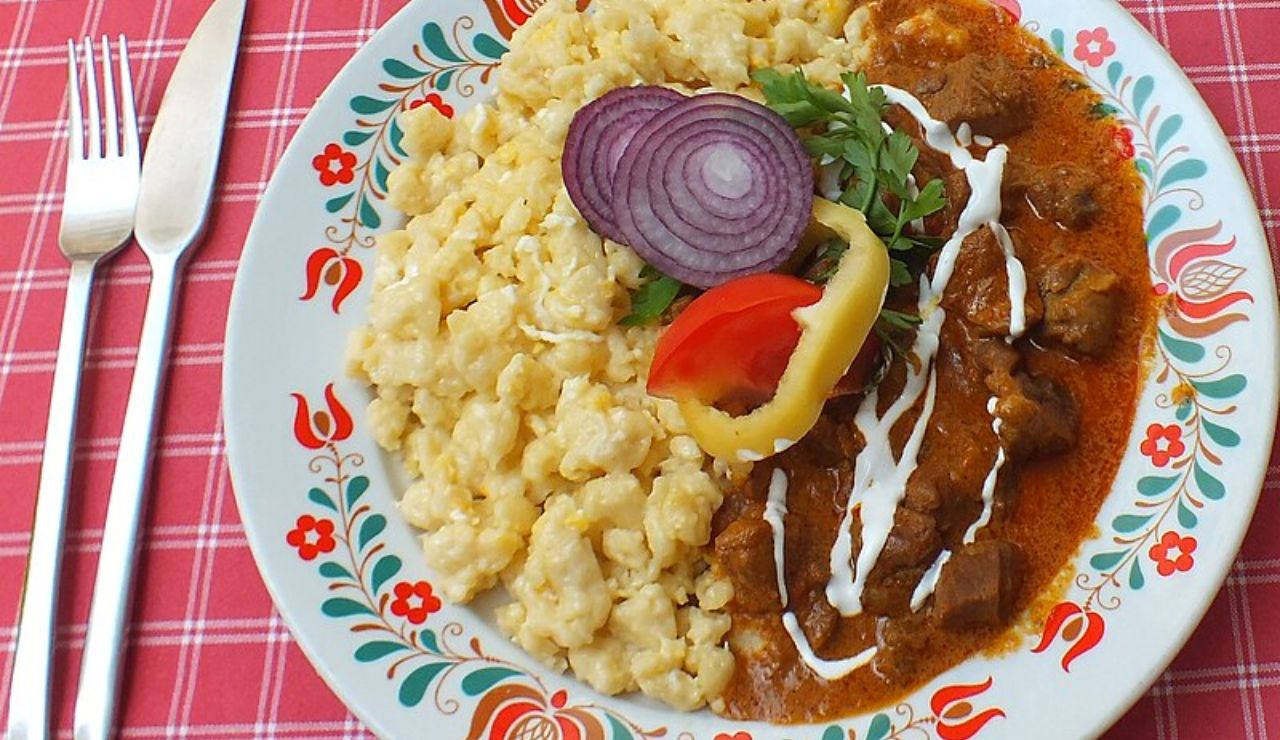
Pörkölt is a rich stew made from beef or pork simmered with onions and lots of sweet paprika. It’s thicker than gulyás and typically served with nokedli, small dumplings similar to spaetzle. Many visitors expect a standard meat stew but are surprised by the depth of flavor and the smoky, slightly spicy kick. It’s hearty, satisfying, and a comfort dish that showcases Hungary’s mastery of paprika-driven cooking.
Hortobágyi Palacsinta

These savory crepes are stuffed with ground meat, folded, and baked in a creamy paprika sauce. They look like dessert at first glance but pack a rich, savory punch. The blend of meat, spice, and soft crepe creates a texture and taste that catches many off guard. Often served as a main dish, hortobágyi palacsinta is a favorite at Hungarian festivals. First-time visitors are wowed by this bold twist on a humble pancake.
Halászlé
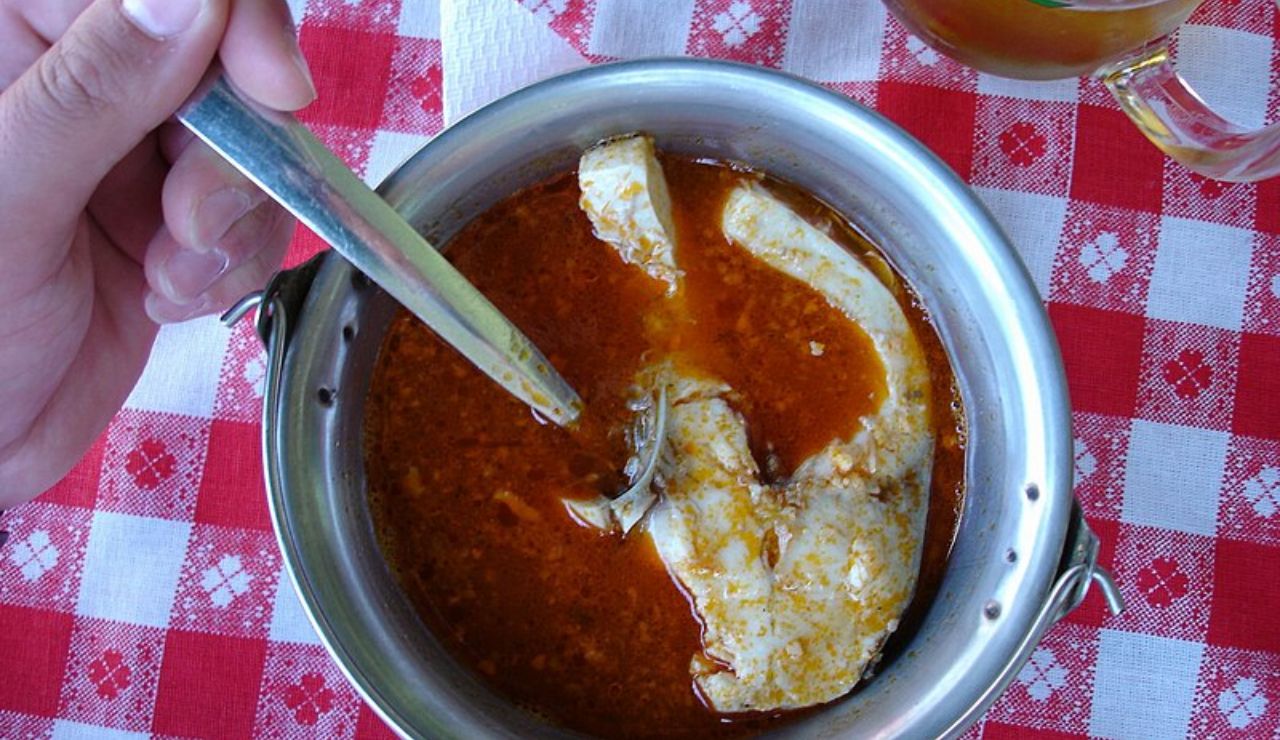
Halászlé is a spicy fish soup made from carp or catfish simmered in hot paprika broth. Originating from riverside towns, it’s a fiery dish that’s not for the faint of heart. The vibrant red color and bold aroma surprise many expecting a mild seafood dish. Served with white bread or noodles, halászlé is a true taste of Hungary’s riverside heritage, warming, spicy, and deeply satisfying on chilly days.
Töltött Káposzta
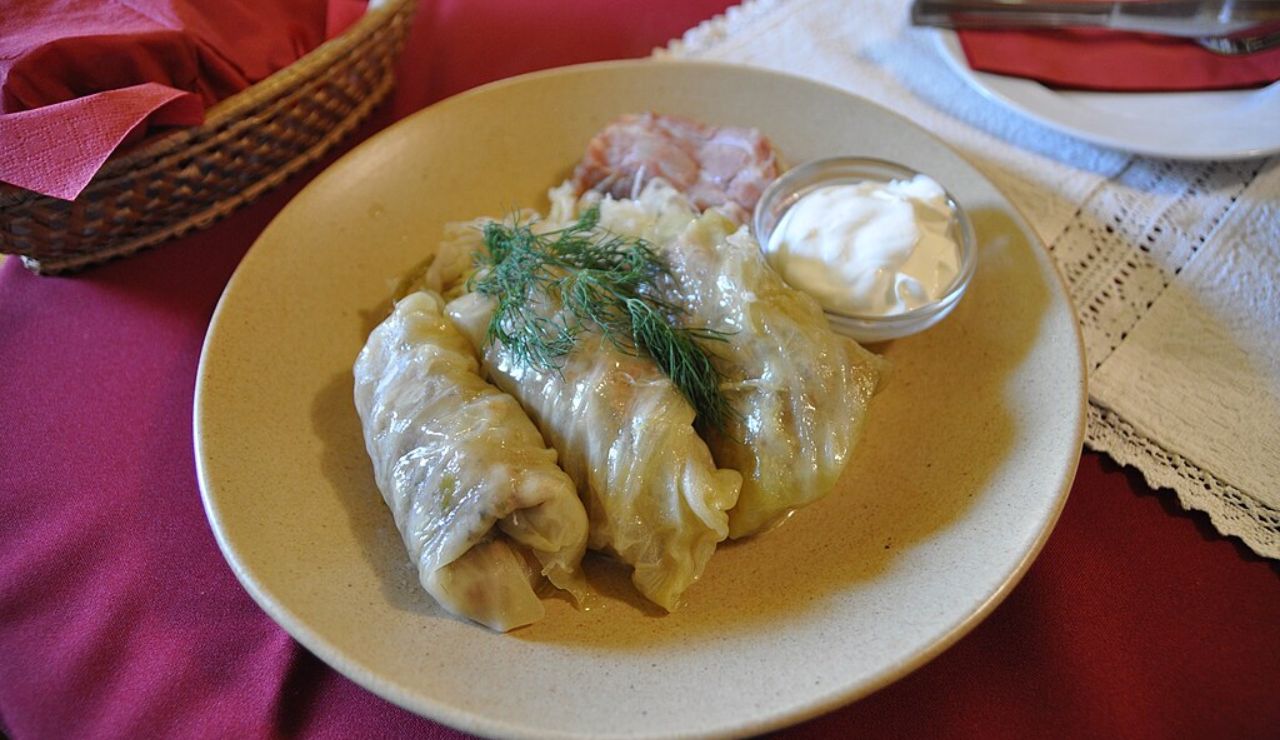
Töltött káposzta, or stuffed cabbage rolls, are made from pickled cabbage leaves filled with seasoned pork and rice, then simmered in a paprika tomato sauce. Topped with sour cream, this dish is often served at holidays. Visitors expect a bland cabbage dish but are surprised by its richness and smoky flavor. It’s tangy, hearty, and a great example of how Hungarian food elevates simple ingredients with spice and care.
Paprikás Csirke
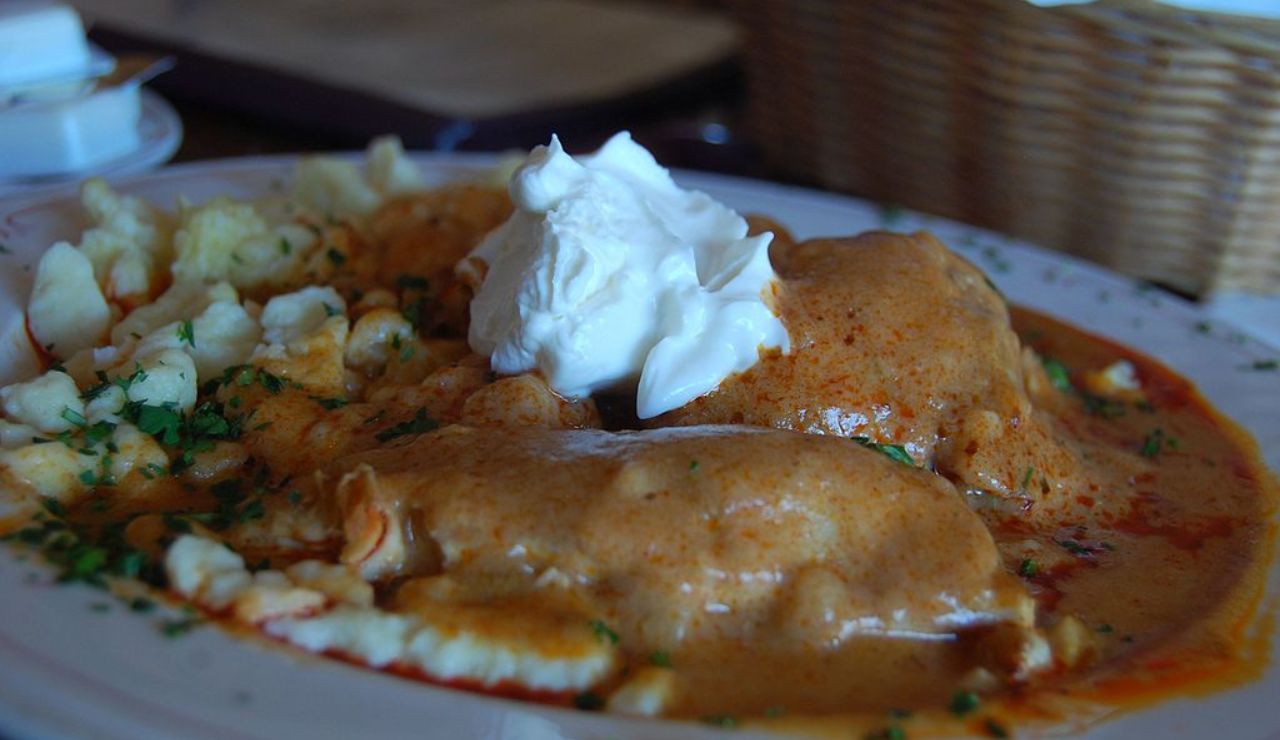
Paprikás csirke is chicken simmered in a creamy paprika sauce, typically served with nokedli. It’s milder than some Hungarian dishes but still full of bold flavor from the signature spice. The sauce is silky and slightly tangy from sour cream, which balances the richness. Visitors love how tender the chicken is and are often surprised by how comforting yet exciting the dish tastes. It’s Hungarian home cooking at its finest.
Kolbász
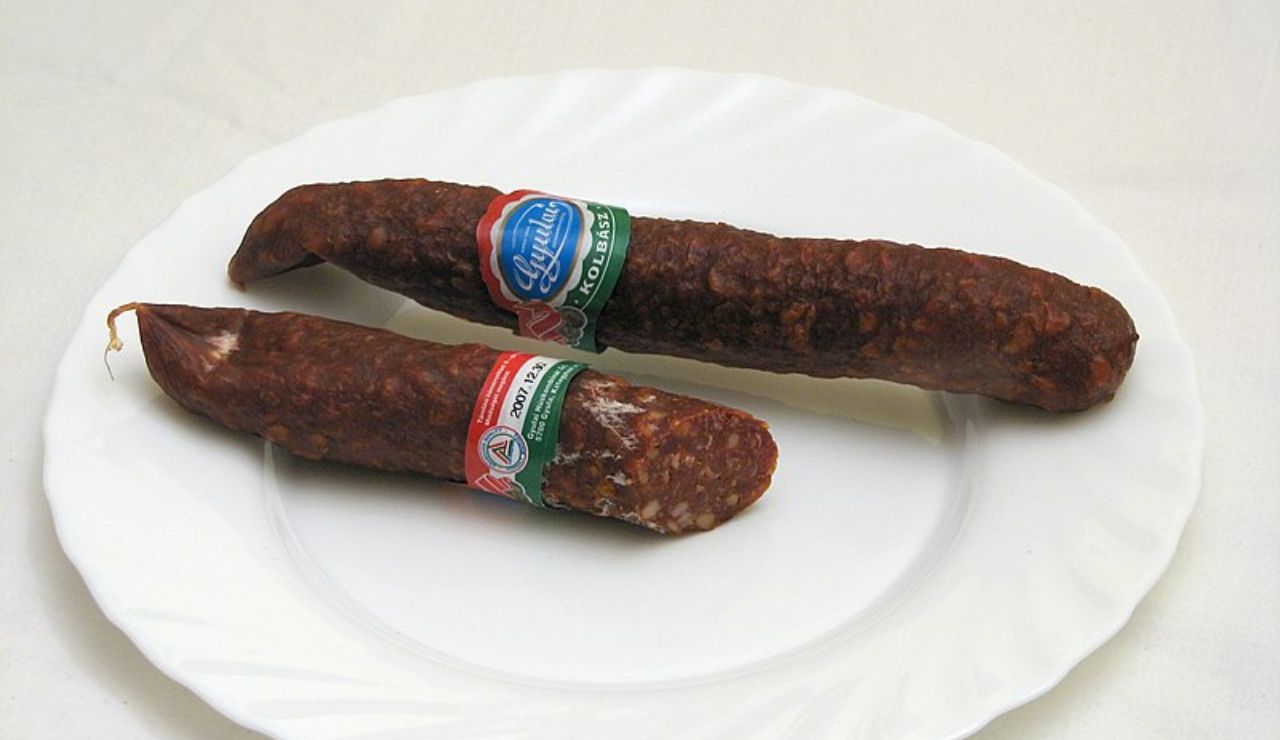
Hungarian kolbász is a sausage packed with garlic, paprika, and herbs. It can be smoked, spicy, or mild and is often served with pickles and bread. First-timers expecting a basic sausage are amazed by the bold, smoky flavor and intense seasoning. Each region has its own version, making it a delicious part of culinary exploration. It’s filling, flavorful, and a must-try for meat lovers visiting Hungary.
Rakott Krumpli
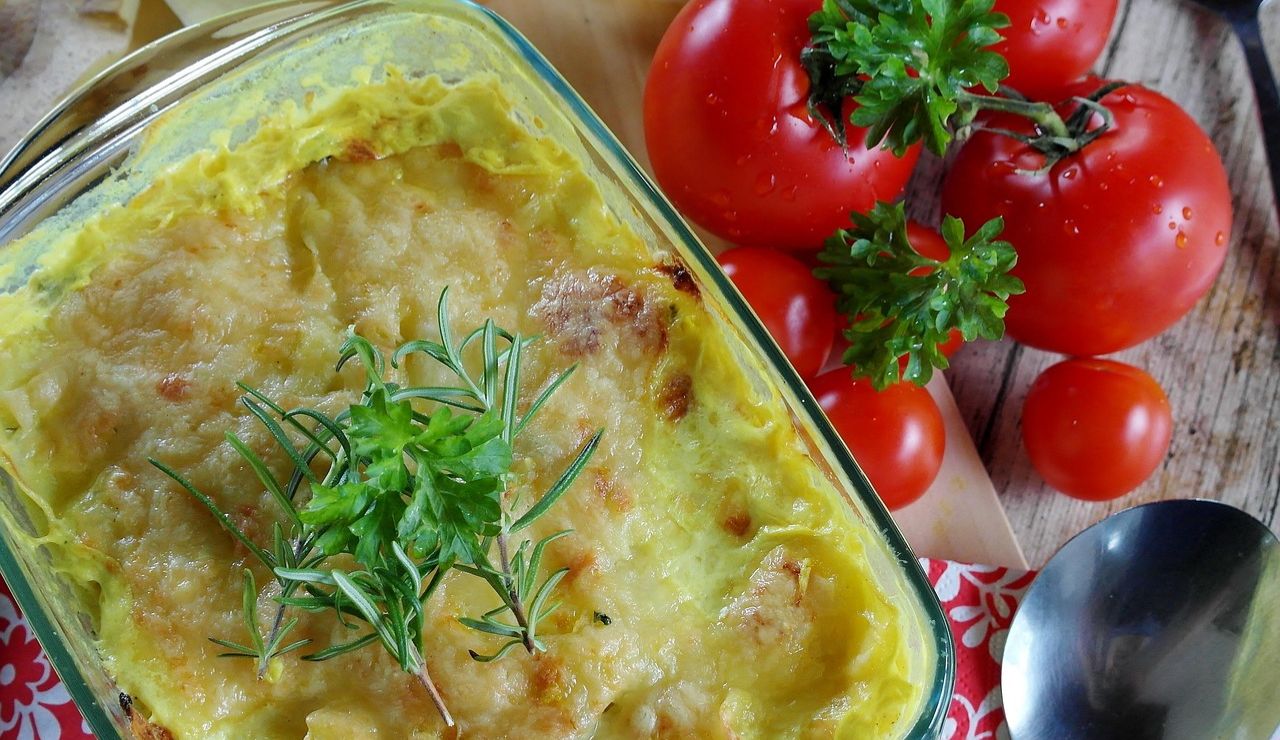
Rakott krumpli is a layered casserole of sliced potatoes, boiled eggs, sausage, and sour cream, baked until golden. It sounds simple but surprises visitors with its rich, smoky flavor and creamy texture. The paprika-seasoned sausage adds boldness, while the eggs and potatoes offer comfort. It’s a rustic, no-frills dish that’s beloved across Hungary for good reason, it’s deeply satisfying and full of unexpected depth.
Lecsó
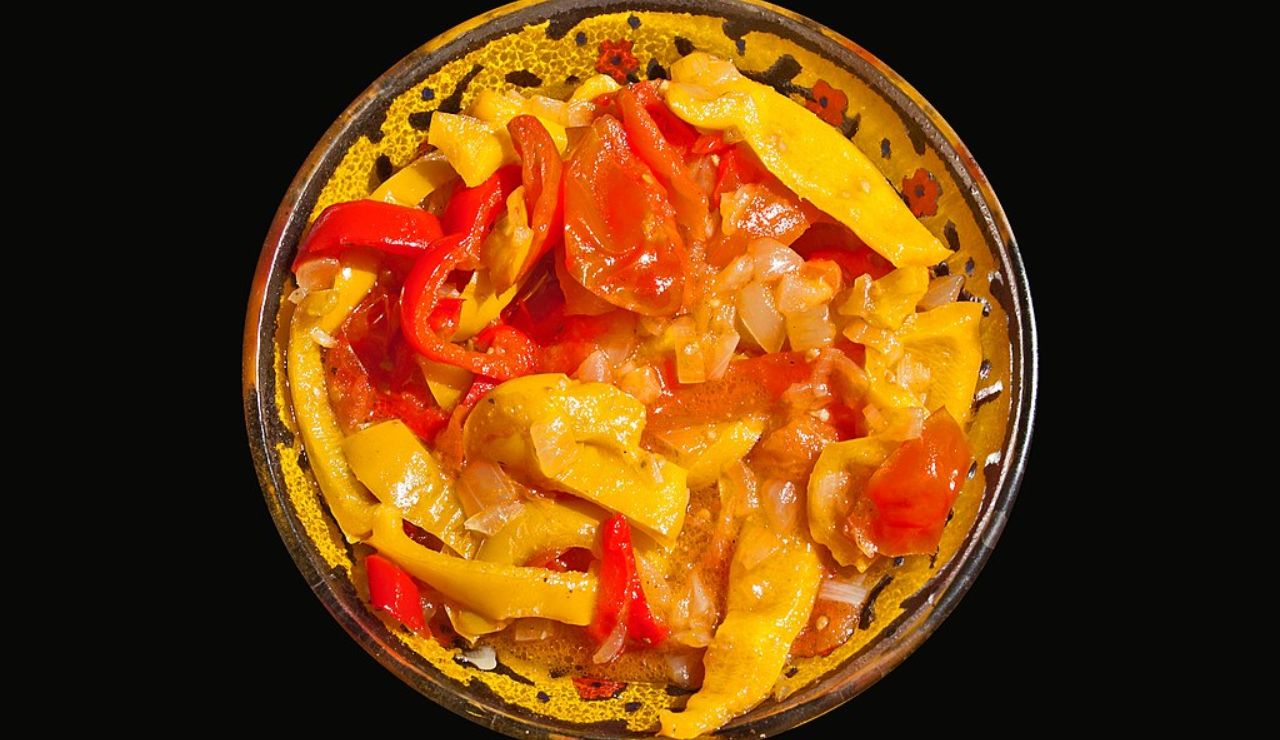
Lecsó is a tomato and pepper stew often compared to ratatouille, but with a Hungarian twist, paprika. It’s usually made with onions and sausage and served with eggs or rice. Visitors expecting a light veggie stew are surprised by the boldness of flavor and the smoky, meaty undertones. It’s both a summer favorite and a comfort food that adapts well to breakfast, lunch, or dinner with equal deliciousness.
Dobos Torte
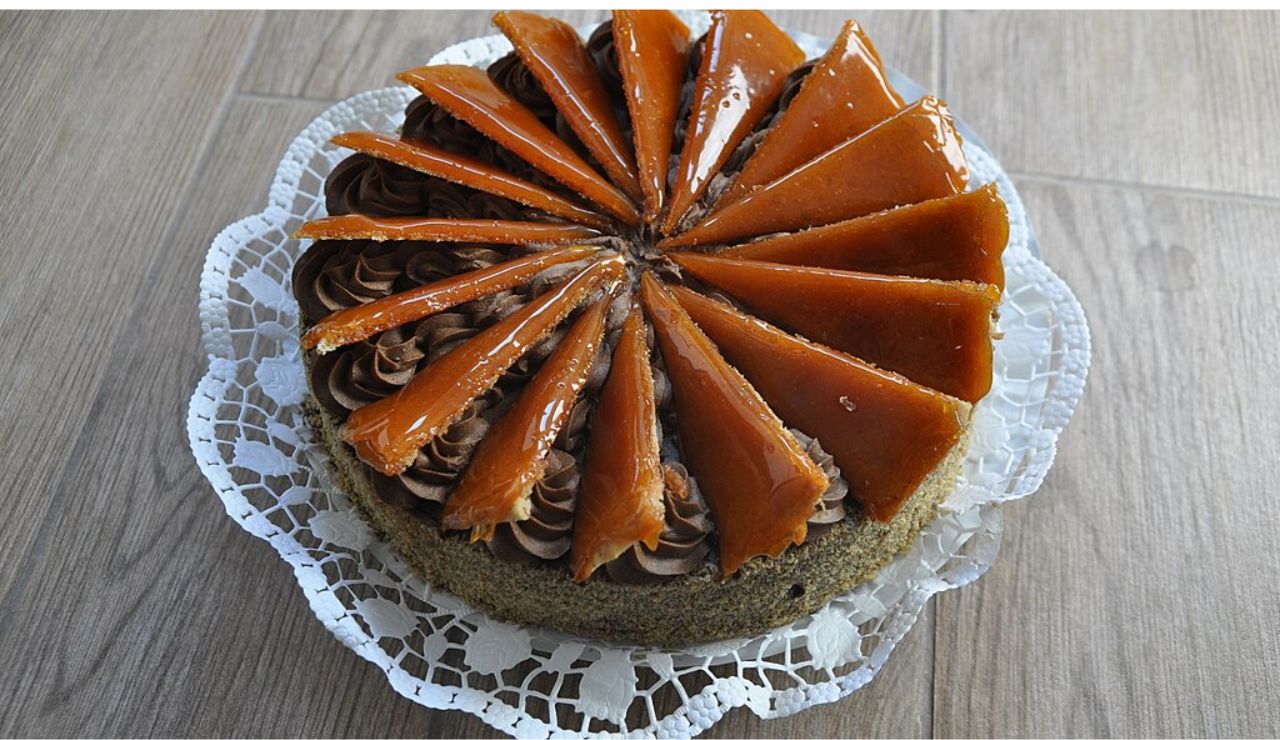
Dobos torte is a layered sponge cake with chocolate buttercream, topped with a hard caramel glaze. Unlike overly sweet Western cakes, it has a balanced richness that surprises dessert lovers. The crunchy caramel layer gives it a satisfying contrast to the soft cake. Originally created in the 1800s, this elegant treat is a café staple. Visitors are wowed by its refined flavor and beautiful presentation.
Rétes

Rétes, or Hungarian strudel, features ultra-thin pastry wrapped around fillings like sweet cheese, cherry, apple, or poppy seed. It’s less sweet than other pastries and relies on fresh, bold flavors. First-timers often compare it to Austrian strudel but find Hungary’s version lighter and crispier. It’s served in slices, dusted with sugar, and often enjoyed with coffee. A perfect sweet finish to a rich Hungarian meal.
Kürtőskalács
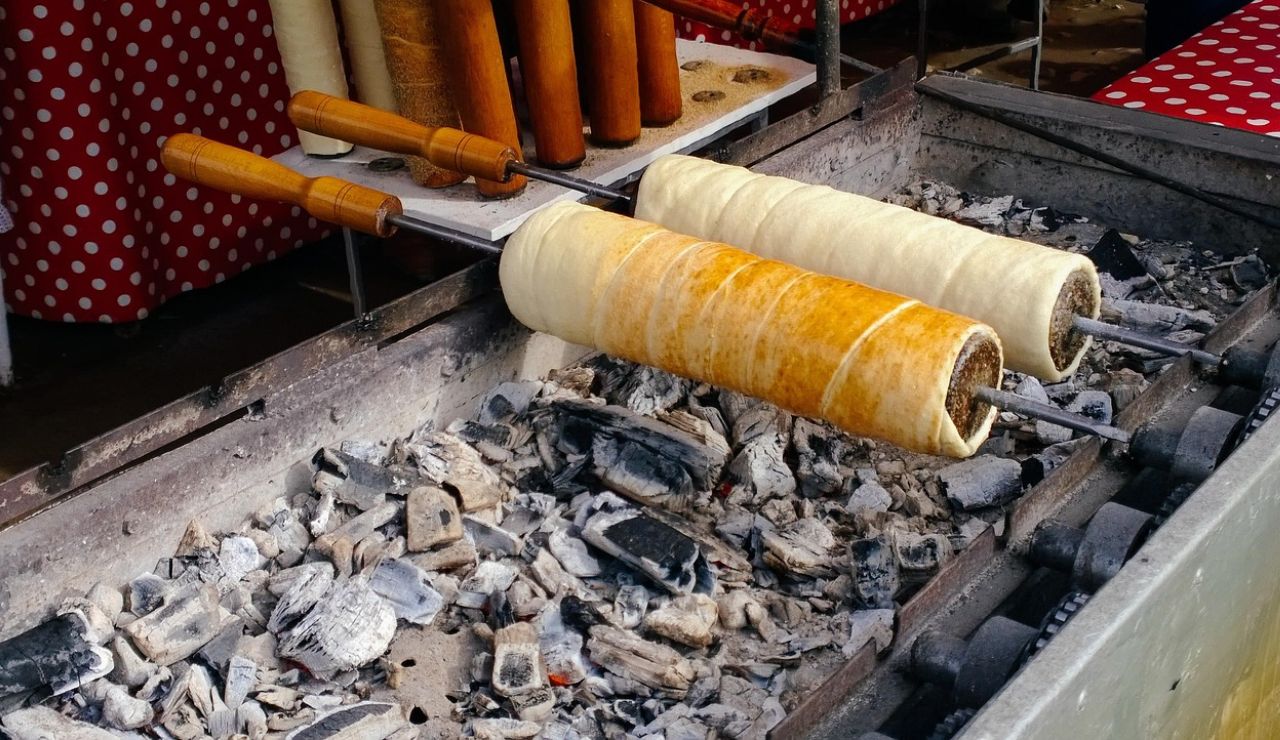
Known as chimney cake, kürtőskalács is dough wrapped around a spit, grilled, then coated in sugar and cinnamon. The outside is crispy and caramelized, while the inside stays soft and fluffy. Often served warm at markets, it surprises visitors with its smoky aroma and light sweetness. Watching it cook over open flames adds to the charm. It’s festive, fun to eat, and unlike any dessert most tourists have ever tried.